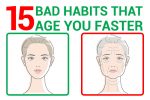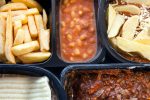The COVID-19 pandemic is not disappearing anytime soon, and despite the rising new cases at a global scale, life must go on. Restaurants are slowly opening in several cities, states, and countries with distinct results.
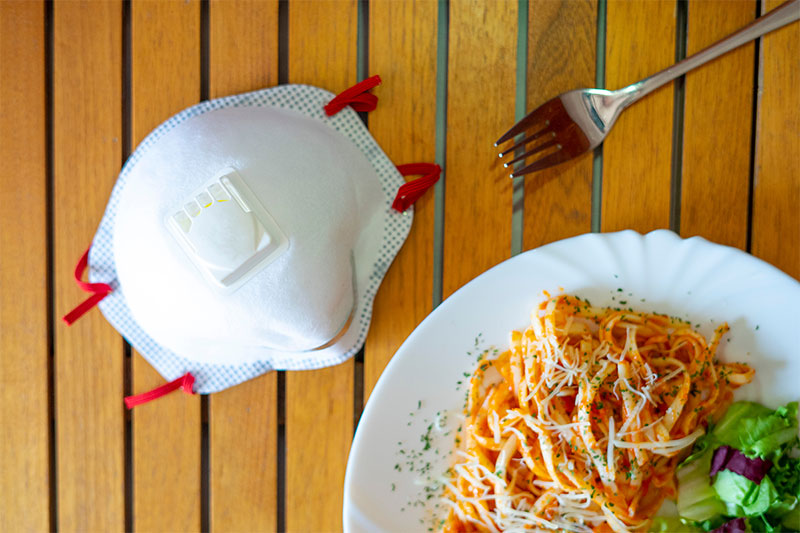
One thing is for sure; we’re not doing enough to stop the threat. People are not wearing masks, and others are getting together despite the risk of contamination. Restaurants, although they try, are not playing their part to stop the coronavirus either. Here are 9 things restaurants do that increase your coronavirus risk.
Still offering printed menus
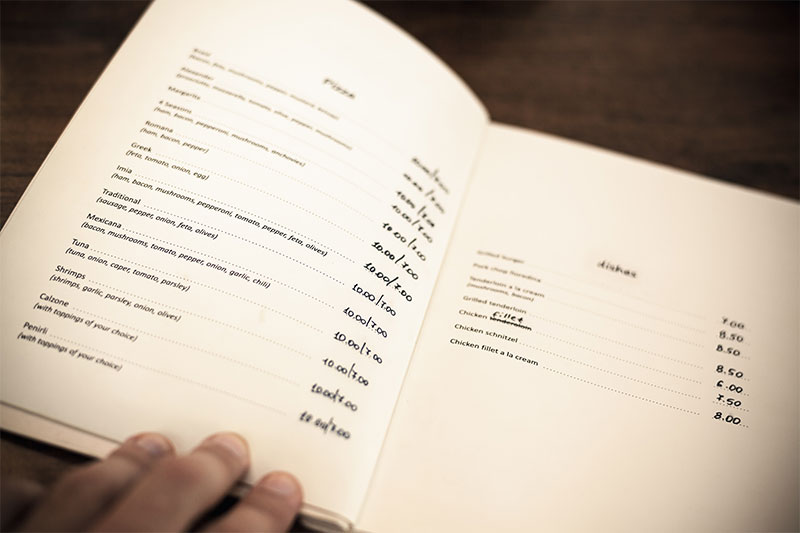
Menus are handed from one customer to another and almost all employees will put their hands on them at least a dozen times before they arrive at your table. Regular menus are prohibited in most states and have been replaced by electronic menus; still, many restaurants are still using them.
What to do: If a restaurant uses physical menus, eat somewhere else. Try to order your food beforehand from an electronic menu.
Not respecting the maximum number of patrons
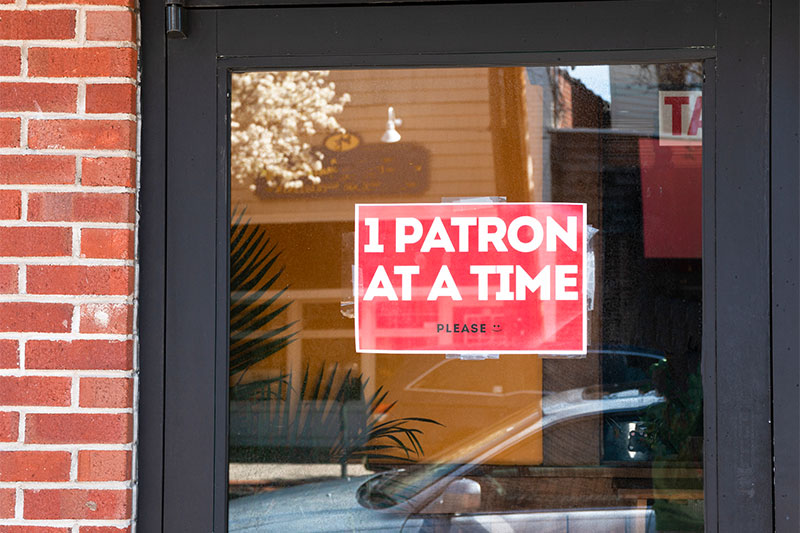
Many restaurants have closed their doors permanently during the pandemic, and those who are still in business, are eager to see some income rolling in. This means many safety measures, including the maximum number of guests permitted in the establishment, are not followed properly. Before COVID, a crowded restaurant meant it was good; now, it means that you’ll end up with a virus to take home.
What to do: Avoid small crowded restaurants and make sure there is a safe distance between tables.
Not changing their face masks
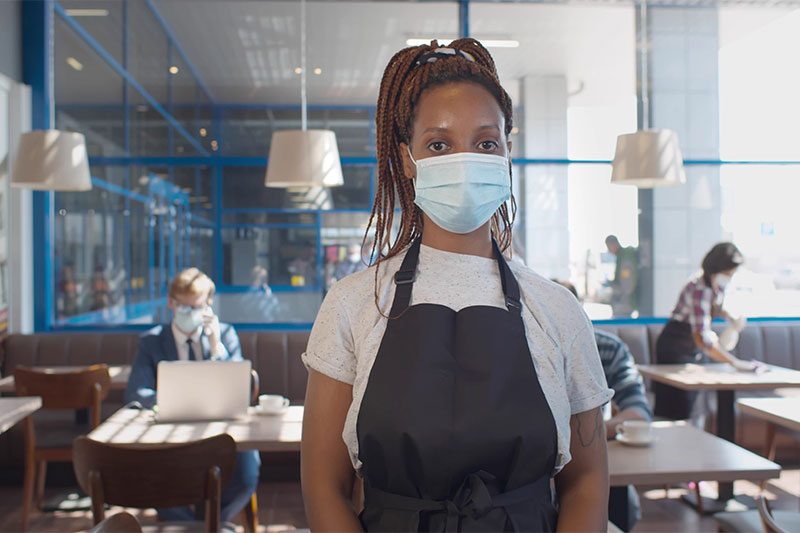
Face masks are the most effective way of preventing the virus from spreading, but you must replace them often, especially if you work at a restaurant. The very same mask you use to protect yourself and others can carry the coronavirus from one table to the other.
What to do: Change your face mask often, and if you’re visiting a restaurant, inquire about their face mask policies.
Not sanitizing the common areas
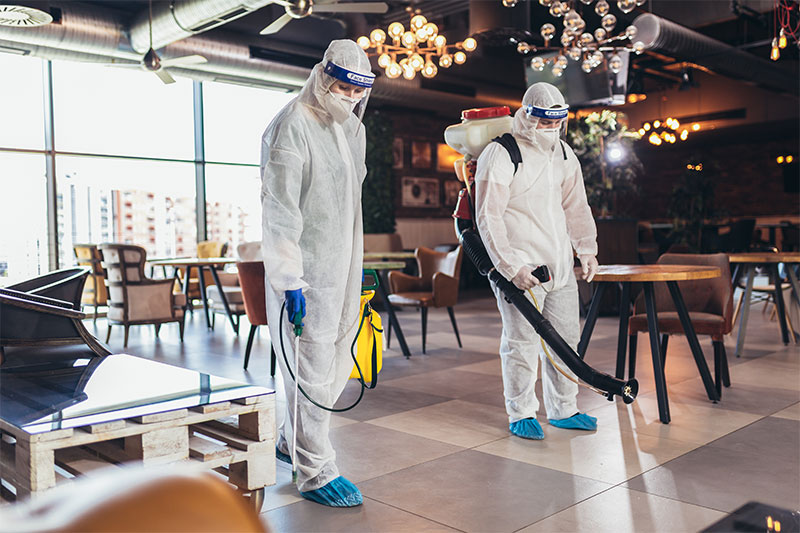
Even if restaurant employees wear masks, ask patrons to use them, and offer sanitizer at the entrance, the public spaces, especially the restrooms, are not appropriately sanitized. Restaurants should sanitize the restrooms after they’re used, and that’s impossible during a regular shift.
What to do: Avoid using the restroom and if you do, do not remove your mask and touch nothing. Wash your hand thoroughly, and don’t open the door with your bare hand, use a disposable paper towel.
Not having their workers tasted for Covid
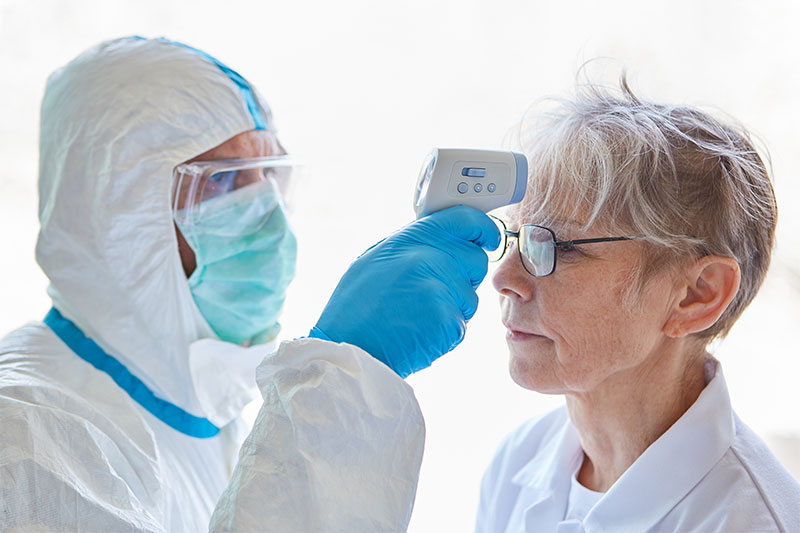
Getting tested for COVID has proven to be harder than everyone thought, the labs are saturated, and the turnover for results is months long. Restaurants, eager to go back to business, might not be properly testing their employees for the virus, which will lead to contamination of the whole restaurant, its employees and customers. As we know very well, even testing negative for coronavirus is no guarantee of not being a carrier.
What to do: Before having dinner at a restaurant, ask the hostess or the manager if they have tasted the staff for coronavirus, as simple as that. By the way, have you taken a test yourself?
Not changing their gloves
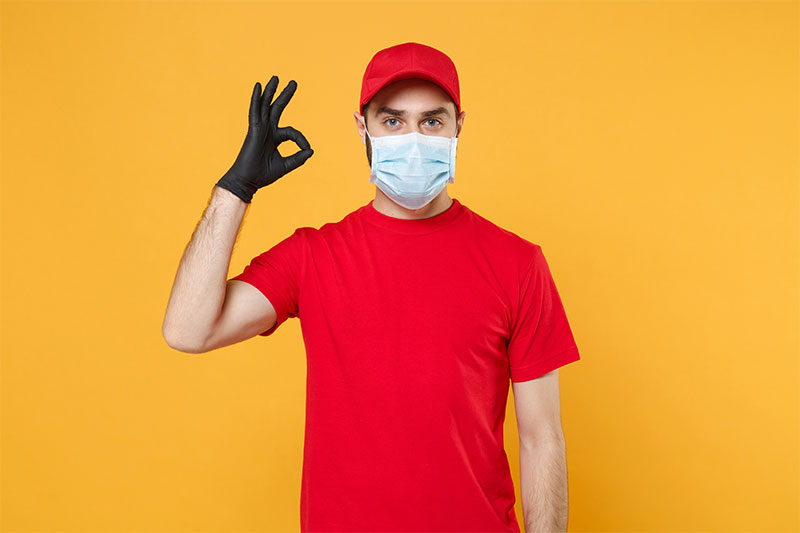
Some states are asking employees and cooks to wear gloves to serve and handle food. Yet, if the gloves are not disposed and changed for new ones often, the gloves themselves become means of transmission for the virus. Even worse, if the staff believes that wearing gloves makes handling food safer, they will be careless.
What to do: If the staff wears gloves, ask how many times per shift they replace them. Any worrying answer is a sign that perhaps you should have lunch somewhere else.
Having inadequate training and supervision
We’re not saying restaurant owners, or the employees want you sick, they don’t want to get infected either, but there’s a huge training gap when it comes to viral diseases. Even if the staff is adequately trained with no proper supervision, workers will skip some rules, putting both patrons and themselves at risk.
What to do: Visit serious establishments that can prove they have passed rigorous Covid knowledge training. Most local governments provide certifications and courses for restaurateurs and restaurant workers.
Handling your bill normally

Even with electronic menus, face masks, disinfectant, and reduced capacity, if your bill is handed to you in a piece of paper or on a receipt wallet, chances of getting infected by Covid are real.
Money changing hands or typing your credit card in a machine is also a risk factor. Money has been one of the filthiest objects in our daily lives, and now it carries coronavirus too. From the cash register to the server to your wallet to your home. That’s how you might go down.
What to do: Encourage electronic money transfers and don’t ask for written or printed bills at restaurants. Don’t pay with cash, and if you do, leave the change as a tip.
Shaking the hands of customers and employees

Social distancing is the only right way of stopping the coronavirus. Yet, it’s hard to keep a safe distance between workers in a confined environment like a restaurant; even worse, at a restaurant’s kitchen.
Even with all safety measures in place, workers still shake hands and greet their favorite patrons close and friendly. Restaurant hand-shaking hospitality and camaraderie don’t have a place in a world dominated by coronavirus.
What to do: Avoid all human contact with employees at restaurants and report to a supervisor any fraternal acts of affection between employees.
We’re Getting There, But Restaurants Have To Play Their Part
If we want to beat the coronavirus, restaurants have to play their part, and patrons must demand all the safety measures are in place to ensure a tasty, but most importantly, safe meal.

